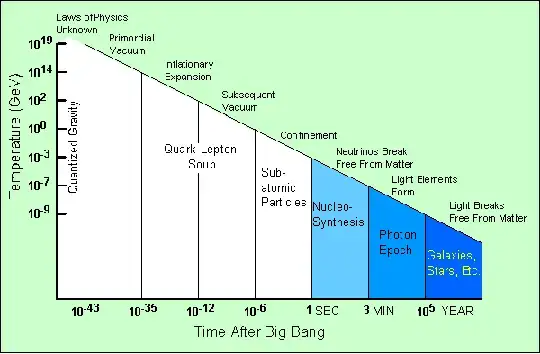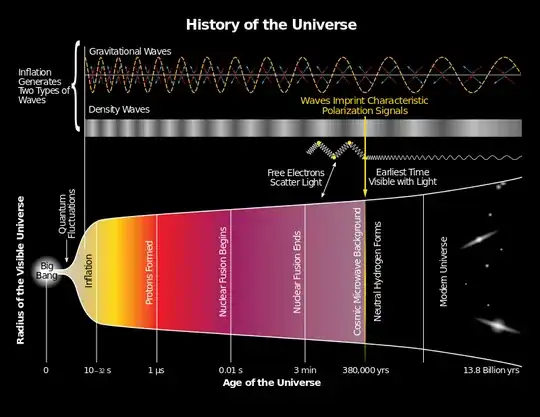If we could build a neutrino telescope capable of viewing relic neutrinos that decoupled after the big bang, with a similar angular and spectral resolution that is possible now for the CMB (e.g. with Planck), what would we see
How would the C$\nu$B differ because of the finite neutrino mass and earlier decoupling? Would there be additional diagnostics and insights that are unavailable from the CMB? How big would the fluctuations in neutrino temperature be compared with the CMB? Would these fluctuations give us the neutrino mass or tell us something about the inflationary model?
NB: related questions are Why are we blind for the era before the recombination?, Seeing beyond the CMBR with neutrinos? and Is it possible to look into the beginning of the Universe? but none these ask specifically, or have answers, about what could be seen or probed by the C$\nu$B if we could examine it in detail.
This question is somewhat hypothetical, but if you look at the existing (partial) answers and comments, you will see that there are technical developments that are making this more and more possible.

